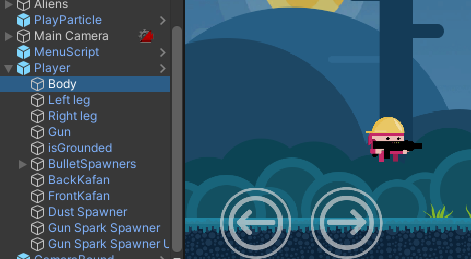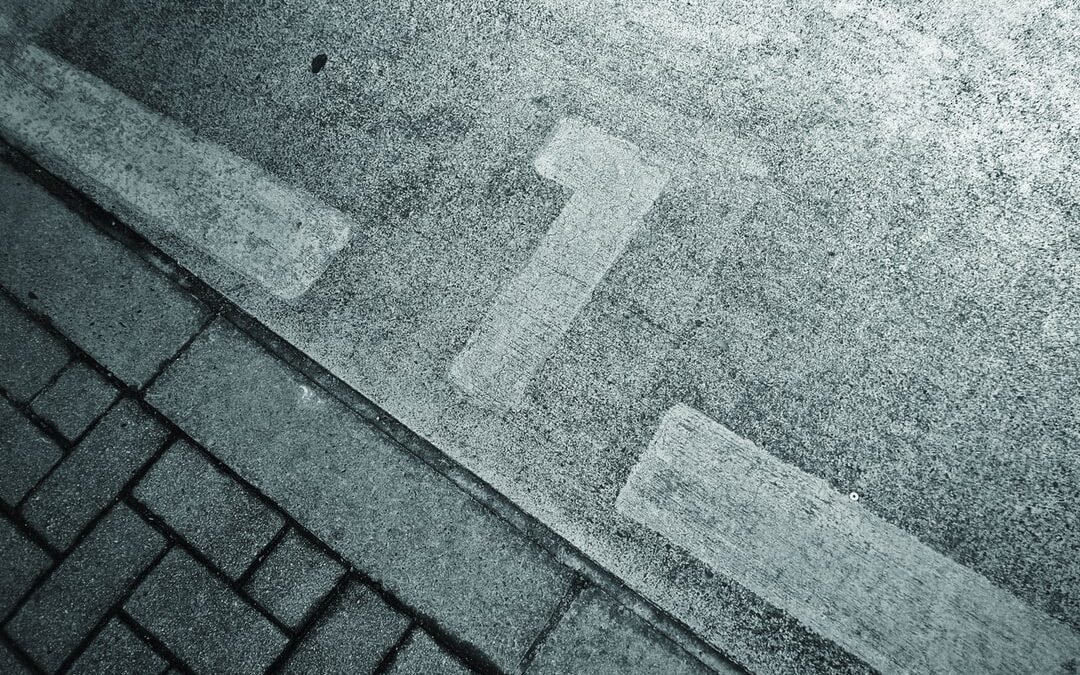It is estimated that the world’s trash will double by the year 2030 especially in places like Hong Kong and New York. By using the latest technology, we are able to extract the top layer of landfill material and pulverize it with laser cut razors and spinning machines into a usable resin. This resin can be used to create prefab houses using modified injection molding and a separate hardening chemical that seals the material into indestructible composite houses. Not only are these houses indestructible, but they are also eco-friendly by reducing the amount of nonrecoverable and unrecyclable materials and spinning them into a solid to last well-over their decomposition time sitting in a land fill as a usable place of safety from the elements of the earth.

What is (PLTL) Prefab Housing
The resin is a mortar, and the hardening additive strengthens the bond between the mortar and the resin. Composites are usually divided into two parts: a cement and a hardening additive. This resin is used to form cemented concrete structures, such as buildings and bridges. This eco-friendly housing material invention from the Eye of Unity Foundation can be used to create solid composite homes using modified injection molding and a separate hardening chemical that seals the material into indestructible composite houses. Heating the materials hot enough to melt the dirt should release most of the harmful chemicals into a filter and used in laboratories for better chemical engineering.

Neutralizing Chemicals In Landfills
Chemicals released include heavy metals, toxic gases, and hydrocarbons. Some of the most dangerous chemicals are released from landfills because they are stable and can last for a long time. Some of the most common chemicals are gasoline, motor oil, diesel fuel, and diesel engine oil. These chemicals are used in cars, trucks, and airplanes. They are also used to power garbage trucks. The most harmful chemical found in landfills is mercury, which is often found in mercury thermometers and thermostats. It can also be found in fluorescent light bulbs, fluorescent paint, and fluorescent coatings. Other chemicals that are released from landfills include hydrocarbons, which is found in many types of plastics, and phosphorous, which is used in some fertilizers. Some of these chemicals can cause cancer, and they can also damage the environment.
The U.S. Environmental Protection Agency (EPA) estimates that the average landfill generates several tons of toxic chemicals every day. Some of these chemicals can be released into the air or ground and get into the food chain. The most common types of chemicals that are released from landfills are:
– Dioxins
– Arsenic
– Mercury
– Lead
– PCBs
– Phenols

Safely Sealing and Neutralizing Black (PLTL) Composite Prefab Housing
While there are many strong chemical sealants, the strongest hardening additive in the world is boron trifluoride (BF3). This chemical has a large atomic radius, which creates a large bond energy that allows the chemical to be used in large amounts in a variety of chemical processes. There are many different applications for BF3, including polymerization, halogenation, esterification, and dehydrohalogenation.
Boron Trifluoride will be responsible for sealing toxic acids, bacteria, and fumes from the heat of the sun that are left after fusing with molten dirt from the pulverization process. Houses will be able to withstand extreme temperatures above 200 degrees and maybe even become completely fire and mold resistant to help reduce the impact of the Antarctic melting from vehicle usage from the global population and petroleum pollution or in case of nuclear winter.

Making Boron Trifluoride in a Laboratory
Boron trifluoride is a compound that is used in the manufacture of chemical synthesis. The most common method of making boron trifluoride is a three step process. First, boric acid is added to fluorine to produce boric acid fluoride. Then, the boric acid fluoride is added to fluorine to make boric acid trifluoride. Finally, the boric acid trifluoride is added to carbon to form boron trifluoride.
It is usually sold by the kilogram. It is also used to make various products, such as flameless torches, double-acting hydraulic pumps, and boron-based rocket fuels. In order to make boron trifluoride, you need to follow a particular process. You should first heat boron to a temperature of about 1,000°C. Then, you can turn off the flame and keep the temperature at this level until it reaches 1,200°C. You can then turn on the flame and heat the boron to a temperature of 1,500°C. At this temperature, you should keep the flame on for about 10 seconds. You can then cool down the mixture. It can be mixed with various chemicals to make it even stronger and has a large atomic radius, which creates a large bond energy that allows the chemical to be used in large amounts in a variety of chemical processes.

Why Time to Decomposition Matters in Preventing Human Extinction
The time it takes for nuclear waste to decompose is a critical factor in the prevention of human extinction. For many years he first step in treating waste has been to burn it, which produces gas, liquids, and solids. Then the solids are then treated by recycling, composting, or landfilling. The Eye of Unity Foundation would like to reduce the amount of energy expended treating waste with practical methods of mechanics like the value of inertia spinning and splitting material instead of burying it.
The United States recycles less than half of the trash it produces because most of our trash is just thrown away. The average American throws away five to nine pounds of trash every day. The major problem with trash is when it decomposes and becomes a source of pollution. The main cause of pollution is when organic and inorganic materials break down and release dangerous chemicals like heavy metals, dioxins, and carbon. When trash decomposes, it takes a long time to completely break down into a liquid or gas, and it creates a harmful environment for living things. In fact, it takes years for trash to decompose.
There are over 100 million tons of trash that is created every year and the majority of this trash is made up of plastic. The plastic that is manufactured is not all of the trash that is created, but it is the majority. There are many companies that are currently working on finding a way to recycle this trash. Most people think that trash is trash, but actually there are a lot of eco-friendly products that can be made from it, such as insulation, insulation, and even new types of rocket fuel. The material that is made from recycled plastic is difficult to break down and the process of recycling is extremely energy intensive. The process of making new plastic takes millions of years and is not cost effective because of the high costs of energy and raw materials.
Join Our Discord
Free Online Games by Eye of Unity Foundation


